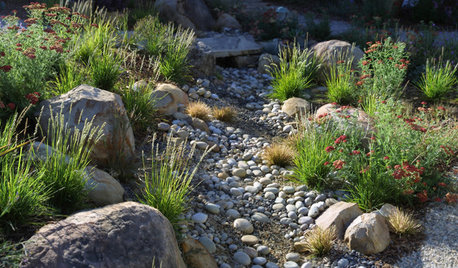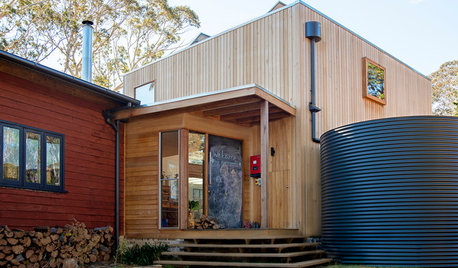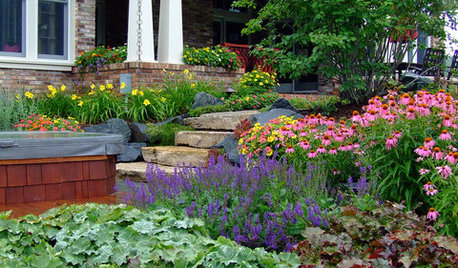How to interpret a municipal water report
Oscarmatic
10 years ago
Related Stories

BATHROOM DESIGNSpecial Report: Bath Trends From Valencia
Spain Design News: Minimal Sinks, Stacked Vanities — and Modern Glam
Full Story
LANDSCAPE DESIGNHow to Design Your Landscape to Slow Down Water
Putting the brakes on stormwater runoff is the first step in sustainable water design
Full Story
SAVING WATER11 Ways to Save Water at Home
Whether you live in a drought-stricken area or just want to help preserve a precious resource, here are things you can do to use less water
Full Story
HEALTHY HOMEHow to Choose a Home Water Filtering System
Learn which water purification method is best for your house, from pitchers to whole-house setups
Full Story
SAVING WATERIs a Rainwater Cistern Right for You?
These extra-large containers reduce runoff and save on the use of potable water for the landscape
Full Story
SAVING WATER6 Reasons Why You Should Save Your Rainwater Now
Collect and store during the rainy season so you’ll have water ready for irrigation when you need it
Full Story
LANDSCAPE DESIGN15 Great Ideas for a Lawn-Free Yard
End the turf war for good with hardscaping, native grasses and ground covers that save water and are easier to maintain
Full Story
GREEN BUILDINGHow to Harvest Rainwater for Your Garden
Conserve a vital resource and save money by collecting stormwater for irrigation in a barrel or tank
Full Story
LANDSCAPE DESIGNHow Grading Shapes the Ground and Manages Stormwater
Understand how an overall grading plan provides a framework for a great landscape design
Full Story
INSIDE HOUZZInside Houzz: New Data Offer Insights on Landscaping Trends
Homeowners are looking to manage water and add more enjoyment to their landscapes, according to a new Houzz survey
Full StoryMore Discussions







oxboy555
seysonn
Related Professionals
New Bedford Landscape Architects & Landscape Designers · 70037 Landscape Architects & Landscape Designers · Brockton Landscape Contractors · Longview Landscape Contractors · Monterey Landscape Contractors · Hercules Solar Energy Systems · Coral Shores Window Contractors · Estero Window Contractors · Hutto Window Contractors · Kuna Window Contractors · Tucker Window Contractors · Vero Beach Window Contractors · Arroyo Grande Fence Contractors · Newark Fence Contractors · North Miami Beach Fence Contractorsnil13
OscarmaticOriginal Author
OscarmaticOriginal Author
oxboy555
drew51 SE MI Z5b/6a
oxboy555